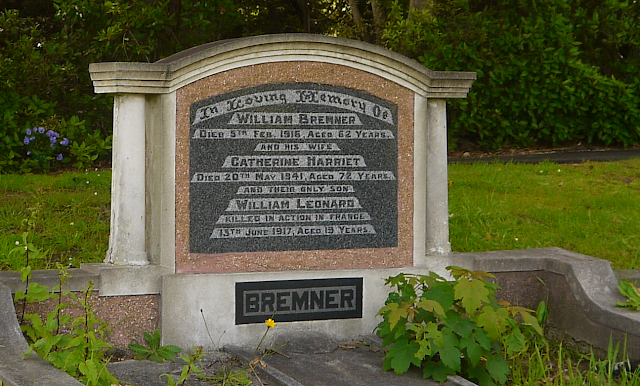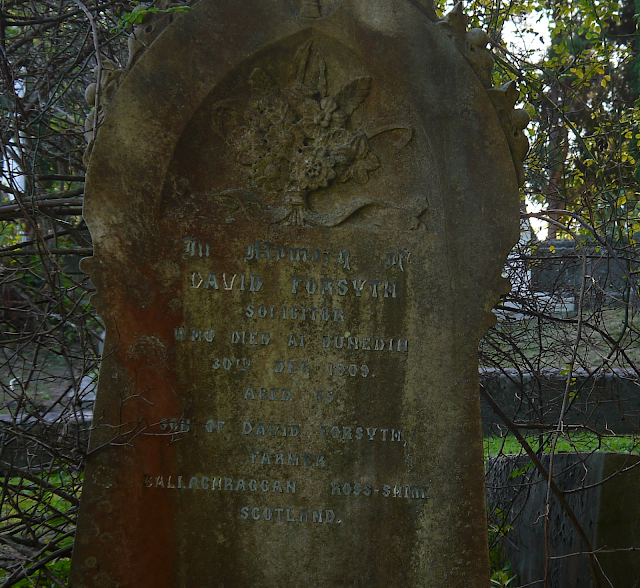Henry Diamond was with the Canterbury Infantry Regiment when it participated in the futile and wasteful attack on undamaged German positions, reached after slogging through knee-deep mud, on the morning of October 12, 1917. The Canterburys' Official History describes their part in the debacle of Bellevue Spur:
In the report of the General Officer commanding the 2nd Brigade on the operations, it is stated that a patrol sent out by the 2nd Otago Battalion on the night of October 10th/11th under Sergeant Travis. D.C.M., had discovered that tie wire in the Staden-Zonnebeke Line was impassable; and that this was reported to brigade headquarters at 9.30 a.m. on the 11th. The Brigadier goes on to state that the artillery liaison officer at his brigade battle headquarters was requested at about 10 a.m. on that date to arrange for the wire and the pill-boxes to be dealt with by heavy artillery.
The report continues: — "This was not done. Again in the afternoon I requested this same officer to get the heavy artillery to deal with these obstacles: after a long period heavy artillery did open up on the Bellevue Spur, but the damage they did was negligible, and they only tried for a very short time. I do not consider that Major — did his best to get a prompt reply from the heavy artillery when my brigade major asked him on the morning of this day. and he did not display much enthusiasm or initiative."
Party after party made the attempt from either flank; and though some got as close as fifteen yards from the pill-boxes, none succeeded in reaching them. There can be no praise too high for these troops, who, with the example of failure after failure before them, undauntedly threw themselves against the impenetrable wire, raked by the heaviest machine-gun fire. Nor did the efforts of the brigade cease with the leading troops: the 1st Otago and 1st Canterbury Battalions, with the remaining companies of the 2nd Canterbury Battalion, now advanced against the wire. Some men got through the first belt, but all were held up by the second belt and by the machine-gun fire from the pill-boxes immediately behind it.
Once the main attack was broken, the task of the enemy defending the line became easier: isolated attempts to advance received the concentrated fire of all machine-guns within reach, and the enemy's snipers became bolder. At last even the smallest movement became impossible, as any man who exposed himself became the target not only of numerous snipers, but even of machine-gun sniping.
With regard to the part played by the Canterbury Regiment in this struggle, the Brigadier makes the following remarks in his report: —
"The 2nd and 12th Companies of 2nd Canterbury Battalion in reserve now pushed up level with the 2nd Otago Battalion, and a party of the 2nd Company under Lieutenant Rawlings also made an attempt by working round to the left; this was also unsuccessful, Lieutenant Rawlings being severely wounded in the attempt.
Henry Diamond was lucky to survive that day, although seriously wounded. He received three bullet wounds passing through both buttocks and damaging the sciatic nerve. He was lucky to be evacuated to a Field Ambulance station and it took two days before he was able to be admitted to a hospital. In February, 1918, he was being cared for at Brockenhurst Hospital and England.
On June 12, 1918, Henry was finally judged as unfit for further army service. And examination at Rotorua Hospital in 1918 describes the loss of mobility caused by nerve damage: loss of feeling below the knee, muscle wastage.
Henry's subsequent years are obscure - except for the time, place and ultimate cause of his death. He died of "acute tuberculosis" at Sunnyside Mental Hospital in Christchurch. This raises a question or two - was Henry mentally damaged by his injury and the subsequent loss of mobility? Was Sunnyside used to accommodate the large number of soldiers who returned with TB?
Whatever the answer are, we can be sure that Henry Diamond's last years were not happy ones.
















